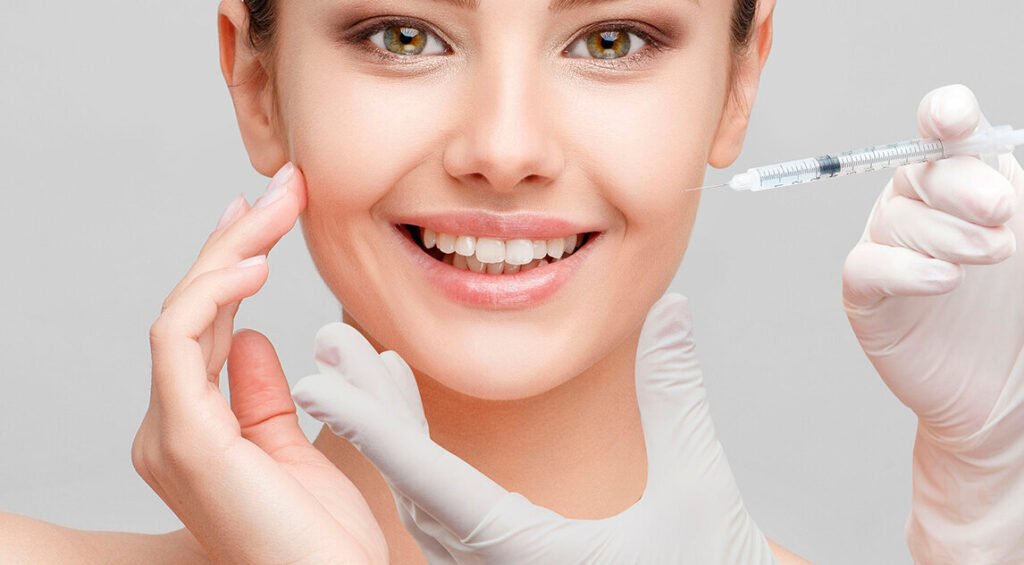The pursuit of youthful and refreshed skin has become increasingly popular across the globe, and Islamabad is no exception. Among the many cosmetic treatments available, Botox has gained a trusted reputation for its effectiveness and safety. However, while the results can be remarkable, ensuring the procedure is carried out safely is crucial. Safe practices make all the difference between natural, youthful results and unwanted side effects.
For individuals considering Botox injections in Islamabad, it’s essential to understand how the procedure works, what safety measures are in place, and how to choose the right clinic for treatment. This blog will serve as a detailed guide to everything you should know about safe Botox procedures in the capital city.
What Makes Botox Safe?
Botox, or Botulinum Toxin, is a neurotoxin that temporarily relaxes muscles to reduce wrinkles and fine lines. Although the term “toxin” might sound concerning, Botox is perfectly safe when used in controlled doses by trained professionals. It has been FDA-approved for both cosmetic and medical uses for decades, with millions of procedures successfully performed worldwide.
Its safety lies in three factors:
-
Precise dosage – only small, medically approved units are injected.
-
Targeted application – injected directly into specific muscles, avoiding surrounding tissues.
-
Temporary results – effects naturally wear off in 3–6 months, making it non-permanent.
Common Treatment Areas for Botox
When performed safely, Botox effectively smooths wrinkles in several facial regions. The most commonly treated areas include:
-
Forehead lines caused by raising the eyebrows.
-
Frown lines (also called glabellar lines) between the eyebrows.
-
Crow’s feet at the corners of the eyes.
-
Bunny lines along the sides of the nose.
-
Chin dimples from overactive chin muscles.
Beyond cosmetic use, Botox is also safely applied for medical conditions like chronic migraines, neck spasms, and excessive sweating.
The Step-by-Step Safe Botox Procedure
A safe Botox procedure requires a step-by-step process that ensures both precision and patient safety. Here’s what happens during treatment:
-
Initial Consultation
A professional consultation is the foundation of safety. The practitioner evaluates medical history, skin type, and specific concerns to determine suitability. -
Mapping Injection Sites
Before treatment, the exact injection points are carefully identified and marked to target the right muscles while avoiding sensitive areas. -
The Injections
Using a very fine needle, small doses of Botox are injected into the targeted muscles. The process is quick, usually lasting 10–20 minutes, with minimal discomfort. -
Post-Treatment Guidance
Patients are advised to avoid rubbing the treated area, heavy exercise, or lying down immediately after treatment to prevent Botox from spreading. -
Follow-Up Check
Safe practices often include a follow-up visit to monitor results and ensure no complications.
Safety Precautions Before Botox
To ensure the safest possible procedure, patients should follow several precautions before their Botox session:
-
Avoid alcohol and blood-thinning medications like aspirin for 24–48 hours before the treatment.
-
Share any medical history, allergies, or ongoing medications with the practitioner.
-
Only choose licensed professionals with experience in facial aesthetics.
Safety Precautions After Botox
Post-procedure care is equally important for maintaining safe results:
-
Do not massage or press the treated area for at least 24 hours.
-
Avoid saunas, steam rooms, or strenuous exercise for a day.
-
Stay upright for at least 4–6 hours after treatment.
-
Follow all aftercare instructions provided by the practitioner.
These small but essential steps ensure that Botox remains localized to the intended muscles, maximizing results while minimizing risks.
Common Myths About Botox Safety
Despite its widespread use, Botox is often misunderstood. Let’s debunk some myths with facts:
-
Myth: Botox is dangerous because it’s a toxin.
Fact: In small, controlled doses, it is completely safe and medically approved. -
Myth: Botox freezes your face.
Fact: Safe Botox enhances natural expressions by softening lines, not eliminating movement. -
Myth: Botox is only for older people.
Fact: Preventive Botox is safe and effective for people in their late 20s and 30s.
Benefits of Choosing Safe Botox Procedures
Opting for safe Botox practices brings several benefits beyond just reducing wrinkles:
-
Natural-looking results without a “frozen” appearance.
-
Minimal downtime, allowing patients to resume normal activities almost immediately.
-
Boosted confidence from refreshed, youthful skin.
-
Proven track record of safety and effectiveness worldwide.
Risks of Unsafe Botox Procedures
On the other hand, when Botox is performed by unqualified individuals or in unsafe environments, it can lead to risks such as:
-
Uneven results or drooping eyelids.
-
Infection at injection sites.
-
Headaches or flu-like symptoms.
-
Overuse leading to a stiff, unnatural appearance.
This is why it’s vital to choose only qualified professionals for Botox treatments.
How to Choose a Safe Botox Provider in Islamabad
When looking for Botox in Islamabad, consider the following tips for safety:
-
Verify the practitioner’s qualifications and certifications.
-
Ensure the clinic maintains hygiene and uses genuine products.
-
Read reviews or testimonials from past patients.
-
Ask about the procedure, potential risks, and follow-up care.
Choosing the right clinic is the most important step in ensuring safe and satisfying results.
Final Thoughts
Safe Botox procedures in Islamabad combine science, expertise, and patient care to deliver youthful and natural results. With proper safety precautions before, during, and after treatment, Botox can be a highly effective way to enhance appearance without compromising health.
For those looking for trusted and professional care, Enfield Royal Clinic in Islamabad offers advanced techniques, skilled practitioners, and a strong focus on safety, ensuring that patients receive only the best Botox experience.







